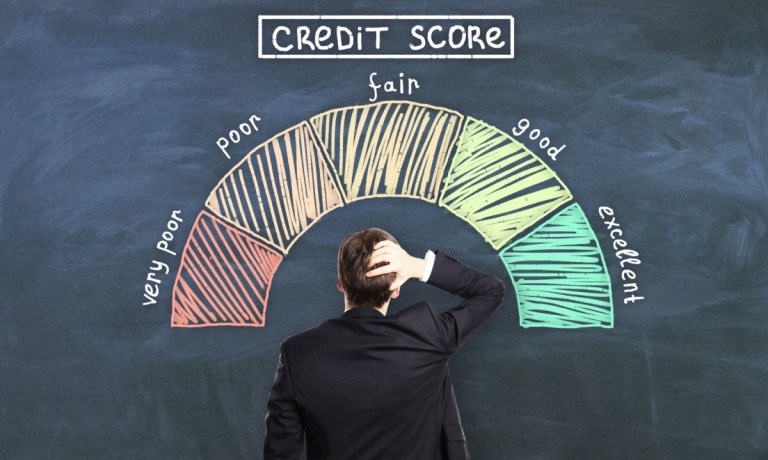
The rise of consumer-permissioned data in the U.S. promises to expand the credit landscape.
And for the “connectors” and the “collectors” of that data — which includes bank account level information that helps would be lenders follow the money, we’re seeing the emergence of new business models.
These go-betweens, which link the bank account or payment information to the lenders who want to gain a holistic insight into the consumers’ credit-worthiness — where the data includes everything from rental payments to mobile phone payments to on-time utility payments — are monetizing that data.
Recent announcements indicate that platforms and even stalwarts of financial services — here we are referring to the credit reporting agencies in particular — are finding value in packaging information and, effectively, reselling it. Helping lenders reconsider their approaches to credit (digital-first lenders, yes, but ostensibly even the banks can benefit here) can and does fill some gaps left by the way “it’s always been done.”
PYMNTS Intelligence, working in collaboration with Sezzle, found in the report titled “Meet the Credit Insecure: 80M US Consumers Who Lack Reliable Credit Access Credit,” that the broad population of consumers that are “credit secure” stands at 69% — but that leaves roughly a third of the U.S. population less able to access new lines of credit. Forty-six percent of “credit insecure” consumers could not get access to credit based on traditional scoring models.
Only 22% of the paycheck-to-paycheck consumers with issues paying bills have secure access to credit, indicating that at least some channels of lending, with a holistic view of how these individuals can pay their obligations, would do well to embrace alternative data.
Credit-marginalized consumers are more than twice as likely to resort to high-interest loans as their credit-secure counterparts when coping with financially stressful events.
Late last year, FinTech Plaid, which connects bank account holders to a broad range of apps, launched its own Consumer Reporting Agency.
In terms of the mechanics of the new venture, the CRA has been designed to build solutions for the FinTech’s own enterprise customers “who want ready-made credit risk insights from consumer-permissioned cash flow data.”
This week, Plaid said that its new credit underwriting solution — dubbed Consumer Report — that brings bank account-level data to those client firms, so that the data can be used in those latter firms’ models. Early clients, Plaid said, include online lenders like Oportun (which lends to individuals with little or no credit history) and roughly a dozen other firms.
The consumer-permissioned data, the company said, spans account-level activity via savings, and individual metrics such as gross income and debt-to-income ratios and more. Harnessing the data and analytics yields a credit score to the client firms using the Consumer Report offering.
The credit reporting agencies have been exploring the use of different data streams as well. Alternative Data from Equifax also uses consumer-permissioned, account-level information to gain a more holistic view of consumers as they seek credit. And separately, as detailed here on June 5, digital bank Dave offers cash advances and debit cards based on cash flow data tied to hundreds and thousands of transactions.
Last month, VantageScore unveiled a new credit-scoring model that uses both traditional credit data and alternative open banking data. The combination gives lenders a predictive lift of up to 10% compared to the VantageScore 4.0 credit score, made available to banks and FinTechs.